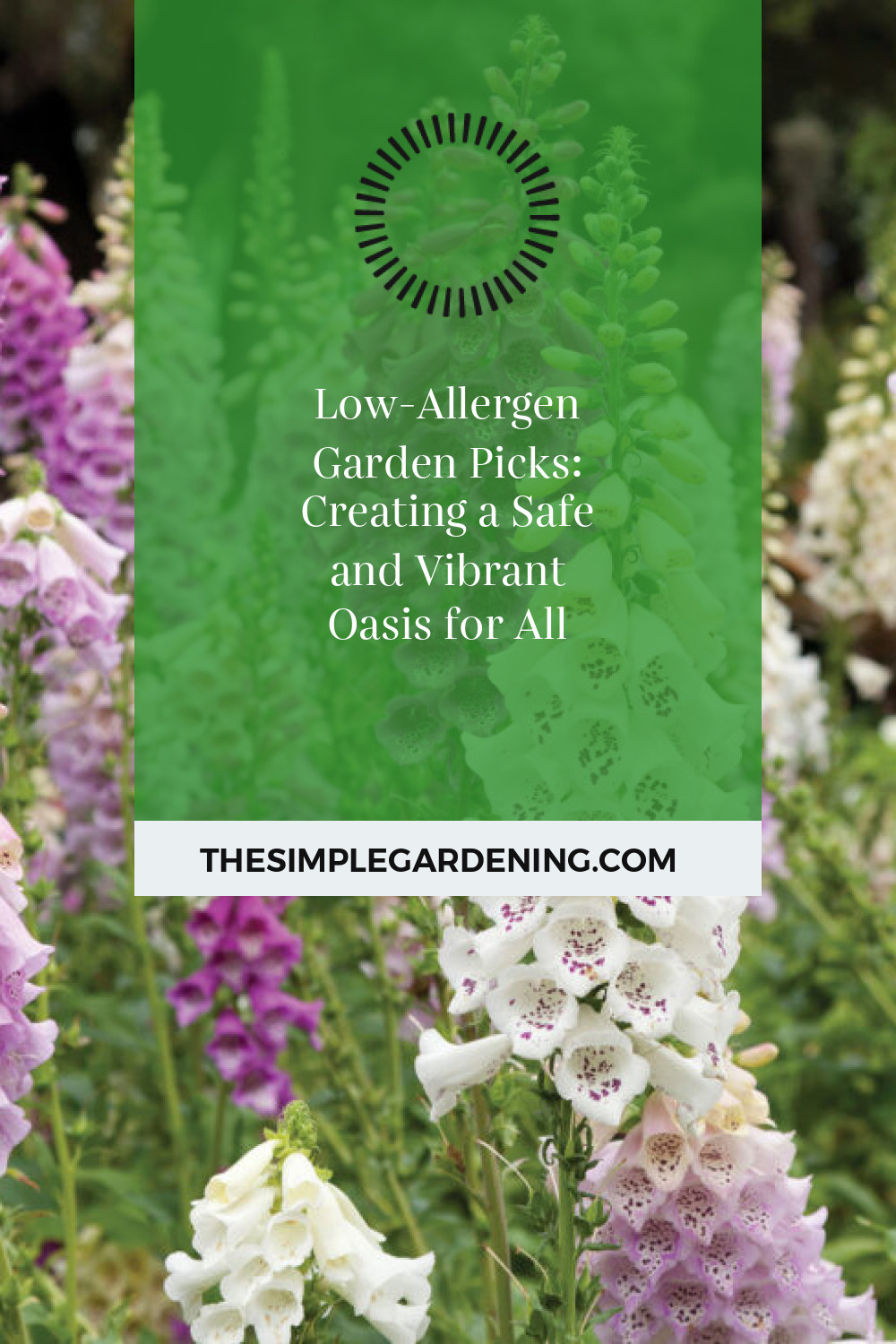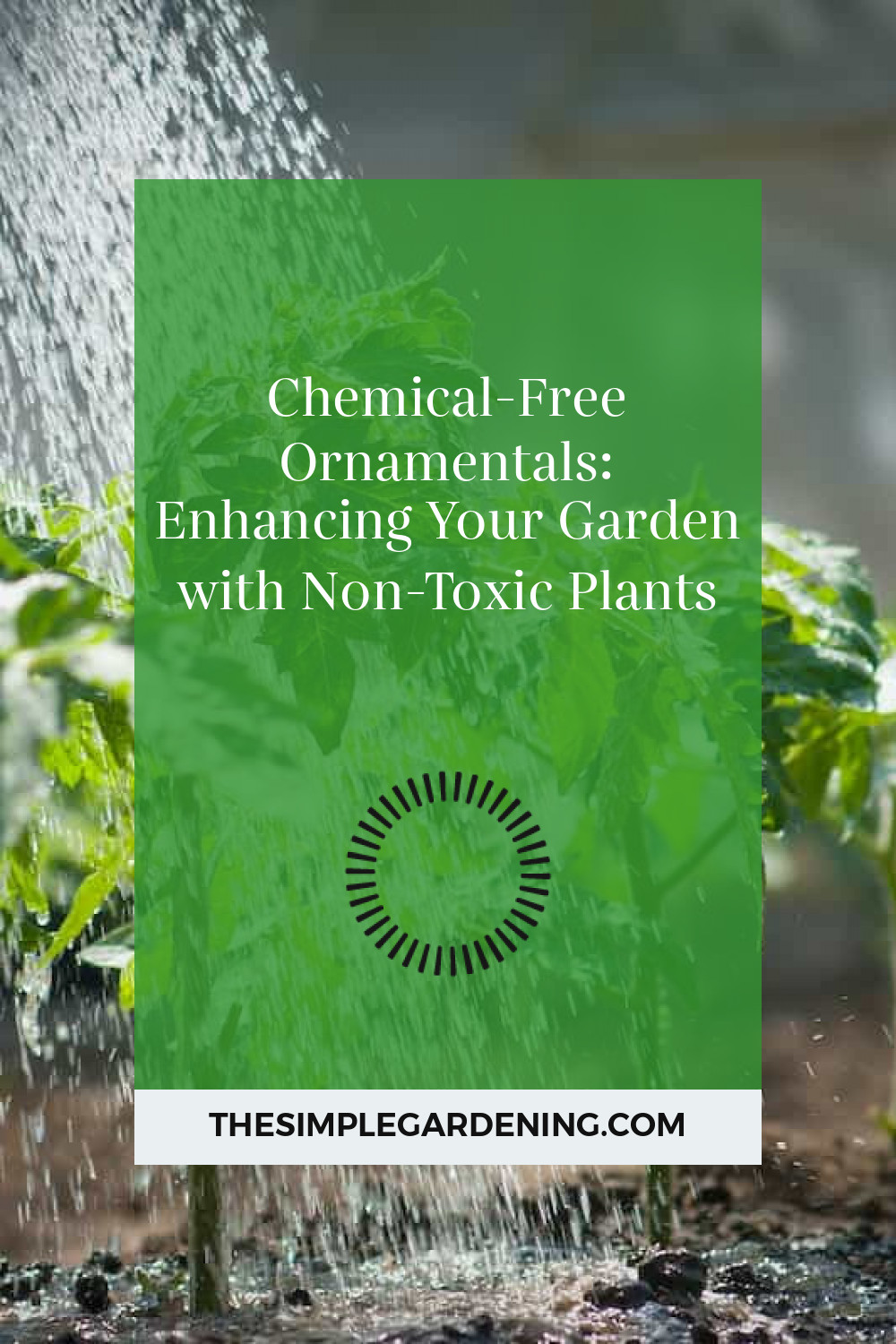Understanding Allergies and Toxicity
In order to cultivate a low-allergen garden, it’s crucial to grasp the fundamentals of allergies and toxicity in plants. By understanding common allergens found in gardens and recognizing the effects of toxic plants on health, gardeners can make informed decisions to create a safer environment for all.
| Common Allergens in Gardens | Effects of Toxic Plants on Health |
|---|---|
| Pollen from certain flowers | Skin irritation or rashes |
| Mold spores | Respiratory issues |
| Certain tree and grass species | Digestive problems |
Identifying these elements allows gardeners to strategically select plants that minimize allergic reactions and toxicity risks.
Benefits of Low-Allergen Gardens
Low-allergen gardens offer a myriad of benefits beyond just reducing allergic reactions. They contribute to improving air quality, providing a safe haven for sensitive individuals, and promoting biodiversity without compromising health.
| Benefits | Detailed Explanation |
|---|---|
| Improved air quality | Plants act as natural air filters, removing pollutants and allergens from the surrounding air. |
| Safe environment for sensitive individuals | Low-allergen gardens provide a sanctuary for those with allergies or sensitivities. |
| Enhanced biodiversity | By selecting non-toxic plants, gardeners encourage a diverse ecosystem to thrive. |
Creating such a garden not only enhances the aesthetics of the space but also fosters a healthier living environment for both humans and wildlife.

Source Image: www.motherearthliving.com
Plant Selection Criteria
Choosing the right plants is paramount in establishing a low-allergen garden. Criteria such as low pollen production, non-toxic properties, and native species adaptation play crucial roles in plant selection.
| Plant Selection Criteria | Detailed Explanation |
|---|---|
| Low-pollen plants | Opt for plants with minimal pollen production to reduce airborne allergens. |
| Non-toxic varieties | Select plant species that are safe for humans and animals if ingested. |
| Native species adaptation | Choose plants that are native to the region, as they are better adapted to local climate and soil conditions, promoting their overall health and resilience. |
By adhering to these criteria, gardeners can curate a diverse yet allergy-conscious garden space.
Low-Allergen Flowering Plants
Flowering plants add beauty and vibrancy to any garden, but selecting low-allergen options ensures that everyone can enjoy their splendor without the discomfort of allergies.
| Low-Allergen Flowering Plants | Detailed Explanation |
|---|---|
| Lavender | Not only is lavender fragrant and visually appealing, but it also emits minimal pollen. |
| Hydrangeas | These stunning blooms are pollen-free, making them an excellent choice for allergy sufferers. |
| Geraniums | With their vibrant colors and hypoallergenic properties, geraniums are a popular choice for gardens. |
These plants not only add aesthetic value to the garden but also contribute to a healthier, allergen-reduced environment.

Source Image: www.motherearthliving.com
Non-Toxic Foliage Plants
Foliage plants are essential for adding greenery and texture to the garden. Opting for non-toxic varieties ensures the safety of pets, children, and even adults who may come into contact with the plants.
| Non-Toxic Foliage Plants | Detailed Explanation |
|---|---|
| Snake Plant | Known for its air-purifying qualities, the snake plant is safe for both humans and pets. |
| Boston Fern | Boston ferns thrive in low-light conditions and are safe options for indoor and outdoor spaces. |
| Peace Lily | Elegant and non-toxic, peace lilies are excellent choices for adding a touch of greenery indoors. |
These foliage plants not only enhance the visual appeal of the garden but also contribute to a safer environment for all.
Herbs for Low-Allergen Gardens
Herbs not only add flavor to culinary dishes but also offer medicinal and aromatic benefits. Choosing low-allergen herbs ensures that they can be enjoyed without triggering allergic reactions.
| Herbs for Low-Allergen Gardens | Detailed Explanation |
|---|---|
| Basil | Fragrant and versatile, basil is a staple in many kitchens and is low in allergenicity. |
| Mint | With its refreshing scent and low pollen production, mint is an excellent choice for gardens. |
| Thyme | Thyme is not only a culinary herb but also boasts low allergenic properties, making it safe for allergy-prone individuals. |
By incorporating these herbs into the garden, homeowners can enjoy fresh flavors without the worry of allergies.
Shrubs and Trees for Allergy-Free Landscaping
Shrubs and trees are integral components of any garden landscape. Selecting allergy-free options ensures that they can be enjoyed without the discomfort of allergic reactions.
| Shrubs and Trees for Allergy-Free Landscaping | Detailed Explanation |
|---|---|
| Japanese Maple | Japanese maples are prized for their ornamental value and minimal pollen production, making them allergy-friendly choices for gardens. |
| Viburnum | Fragrant blooms without triggering allergies make viburnums a popular choice for allergy-conscious gardeners. |
| Dogwood | Dogwoods boast beautiful blooms without high allergenicity, making them safe options for allergy-sensitive individuals. |
Incorporating these shrubs and trees into the garden adds beauty and depth while maintaining an allergy-conscious environment.

Source Image: gardenideas111.blogspot.com
Creating an Allergy-Sensitive Garden Layout
The layout of the garden plays a significant role in managing allergens effectively. By strategically grouping plants, incorporating hardscape features, and designing pathways, gardeners can minimize pollen exposure and create a more allergy-sensitive environment.
| Allergy-Sensitive Garden Layout | Detailed Explanation |
|---|---|
| Grouping plants according to allergenicity | By clustering plants with similar allergenic properties together, it’s easier to manage pollen exposure and reduce allergic reactions. |
| Incorporating hardscape features for balance | Hardscape elements such as pathways, walls, and fences provide structure to the garden while minimizing the spread of pollen. |
| Designing pathways to minimize pollen exposure | Well-designed pathways help direct foot traffic away from allergenic plants, reducing the risk of pollen exposure. |
By implementing these strategies, gardeners can create a more allergy-sensitive layout that maximizes enjoyment for all.
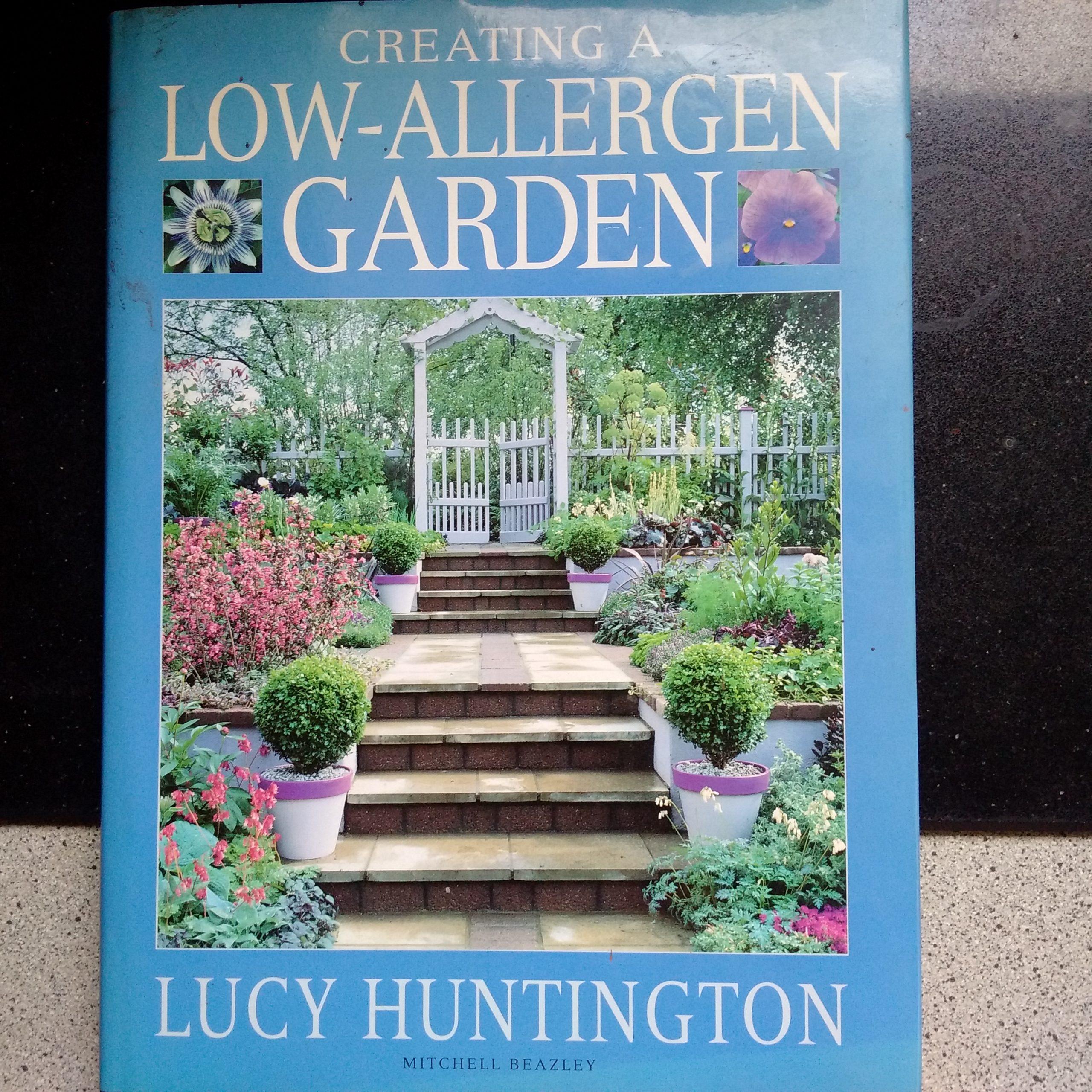
Source Image: www.indenolifant.nl
Low-Allergen Garden Picks
Maintenance Tips for Low-Allergen Gardens
Maintaining a low-allergen garden requires regular care and attention to ensure that allergen levels remain minimal. From pruning to mulching, adopting the right maintenance practices can help control pollen production and minimize the risk of allergic reactions.
| Maintenance Tips | Detailed Explanation |
|---|---|
| Regular pruning to control pollen production | Pruning dead or spent flowers helps prevent the release of pollen into the air, reducing allergen levels in the garden. |
| Mulching to suppress weed growth and pollen release | Applying a layer of mulch around plants helps suppress weed growth, reducing competition for resources and minimizing pollen release. |
| Proper watering techniques to avoid mold and mildew | Watering plants at the base rather than overhead helps prevent the formation of mold and mildew, which can trigger allergic reactions in sensitive individuals. |
By following these maintenance tips, gardeners can keep allergen levels in check and ensure a safer environment for everyone.
Companion Planting Strategies
Companion planting involves pairing plants that benefit each other in various ways, from pest control to nutrient uptake. By incorporating companion planting strategies, gardeners can maximize space, promote biodiversity, and reduce the need for chemical pesticides.
| Companion Planting Strategies | Detailed Explanation |
|---|---|
| Pairing low-allergen plants with insect-repelling species | By interplanting low-allergen plants with species that naturally repel pests, gardeners can reduce the need for chemical pesticides while minimizing allergen exposure. |
| Attracting beneficial insects for natural pest control | Planting flowers that attract beneficial insects such as ladybugs and lacewings helps maintain a healthy balance of pests and predators in the garden, reducing the need for chemical interventions. |
| Maximizing garden space with complementary plantings | Pairing plants with different growth habits and root structures allows gardeners to maximize space and resources while minimizing competition and allergen exposure. |
These companion planting strategies not only promote a healthier garden ecosystem but also contribute to a more allergy-friendly environment.
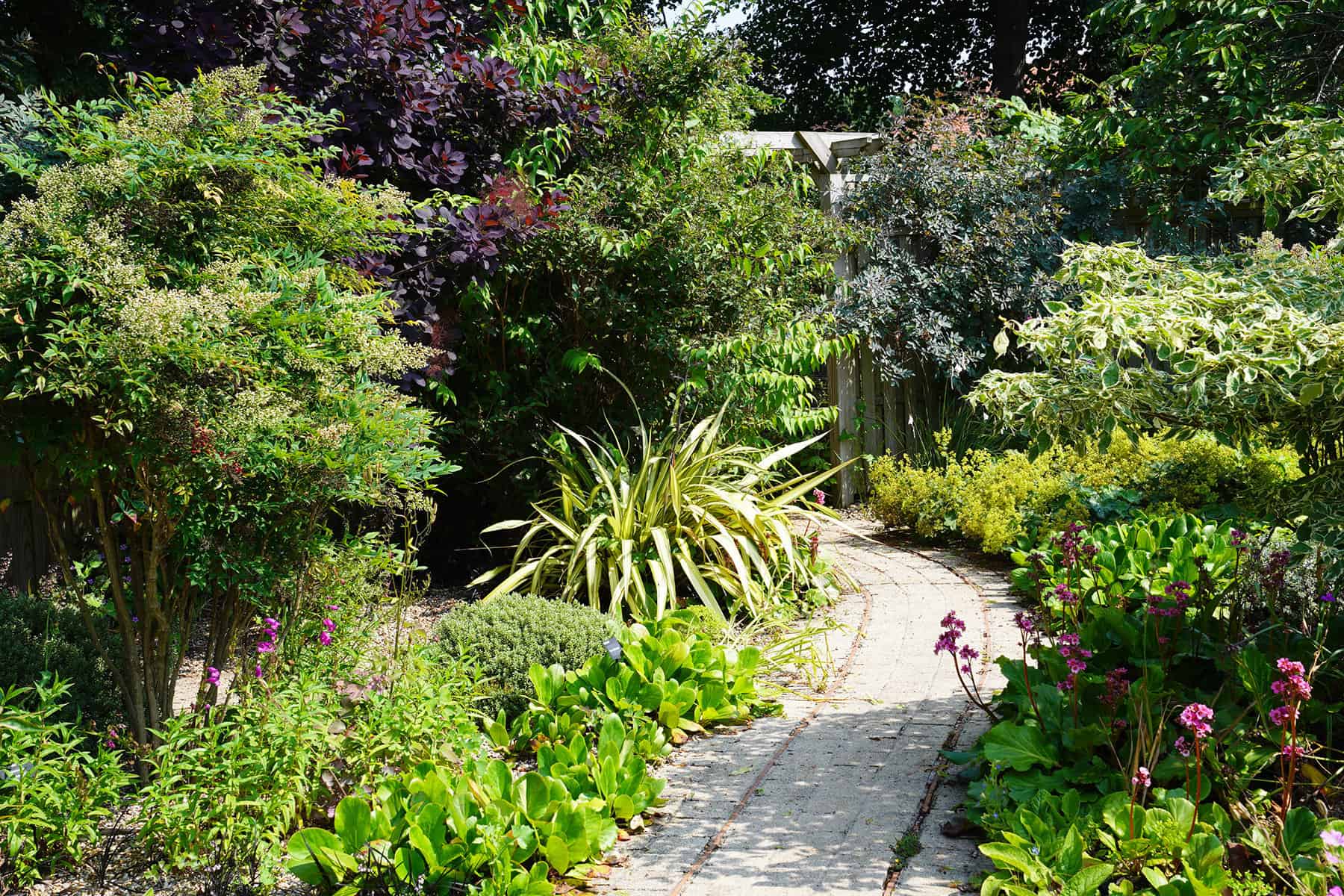
Source Image: www.capelmanorgardens.co.uk
Pollination Management Techniques
Effective pollination management is essential for ensuring plant reproduction while minimizing allergen exposure. By encouraging pollinator-friendly plants, implementing manual pollination methods, and utilizing barrier techniques, gardeners can control pollen spread and reduce allergic reactions.
| Pollination Management Techniques | Detailed Explanation |
|---|---|
| Encouraging pollinator-friendly plants without high allergenicity | Selecting plants that attract pollinators such as bees and butterflies without producing excessive pollen helps ensure efficient pollination while minimizing allergen exposure. |
| Implementing manual pollination methods for sensitive individuals | For individuals with severe allergies, manually pollinating plants using a brush or cotton swab can help avoid direct contact with pollen while still promoting fertilization. |
| Utilizing barrier methods to minimize pollen spread | Installing barriers such as screens or nets around highly allergenic plants can help contain pollen and reduce its spread, mitigating allergic reactions in sensitive individuals. |
By employing these pollination management techniques, gardeners can maintain healthy plant populations while minimizing allergen exposure for themselves and others.
Allergen-Free Garden Accessories
In addition to selecting low-allergen plants, choosing the right garden accessories can further contribute to a healthier and more allergy-friendly environment. From hypoallergenic gloves and masks to non-toxic fertilizers and pesticides, investing in allergen-free garden accessories ensures the safety and well-being of both gardeners and plants.
| Allergen-Free Garden Accessories | Detailed Explanation |
|---|---|
| Hypoallergenic gloves and masks for sensitive gardeners | Wearing gloves and masks made from hypoallergenic materials helps protect sensitive individuals from potential allergens while gardening. |
| Allergy-friendly garden tools and equipment | Opting for garden tools and equipment made from non-toxic materials reduces the risk of allergic reactions and ensures the safety of both users and plants. |
| Choosing non-toxic fertilizers and pesticides | Selecting fertilizers and pesticides that are free from harmful chemicals and allergens promotes a healthier garden ecosystem and reduces the risk of allergic reactions. |
By prioritizing allergen-free garden accessories, gardeners can create a safer and more enjoyable gardening experience for all.

Source Image: bramleyappledesign.co.uk
Educational Resources for Low-Allergen Gardening
Education is key to successfully creating and maintaining a low-allergen garden. By accessing books, websites, workshops, and community gardens focused on allergy-sensitive gardening, gardeners can gain valuable knowledge and insights to support their efforts in creating a healthier outdoor space.
| Educational Resources for Low-Allergen Gardening | Detailed Explanation |
|---|---|
| Books and websites on allergy-sensitive gardening | There are numerous books and websites dedicated to low-allergen gardening, offering tips, advice, and plant recommendations for allergy-conscious gardeners. |
| Workshops and seminars on plant selection and garden design | Attending workshops and seminars hosted by gardening experts provides opportunities to learn about plant selection, garden design, and maintenance practices that prioritize allergy reduction. |
| Community gardens and organizations promoting allergy awareness | Participating in community gardens or joining organizations focused on allergy awareness allows gardeners to connect with like-minded individuals, share experiences, and access resources tailored to low-allergen gardening. |
By utilizing these educational resources, gardeners can expand their knowledge base and implement best practices for creating and maintaining a low-allergen garden.
Case Studies: Successful Low-Allergen Garden Designs
Examining real-life examples of successful low-allergen garden designs can provide valuable inspiration and insights for aspiring gardeners. From residential gardens designed for allergy sufferers to public spaces incorporating allergy-conscious landscaping, these case studies highlight effective strategies and best practices for creating allergy-friendly outdoor environments.
| Case Studies: Successful Low-Allergen Garden Designs | Detailed Explanation |
|---|---|
| Residential gardens designed for allergy sufferers | By incorporating low-allergen plants, strategic layout designs, and maintenance practices, residential gardens can provide allergy sufferers with a safe and enjoyable outdoor space. |
| Public spaces incorporating low-allergen landscaping | Parks, botanical gardens, and other public spaces can benefit from low-allergen landscaping, creating welcoming environments for visitors of all ages and sensitivities. |
| Testimonials from individuals benefiting from allergy-conscious gardening | Hearing from individuals who have experienced the positive effects of allergy-conscious gardening firsthand can inspire others to adopt similar practices and prioritize allergy reduction in their own outdoor spaces. |
By exploring these case studies, gardeners can gain valuable insights and ideas for creating their own low-allergen garden designs.
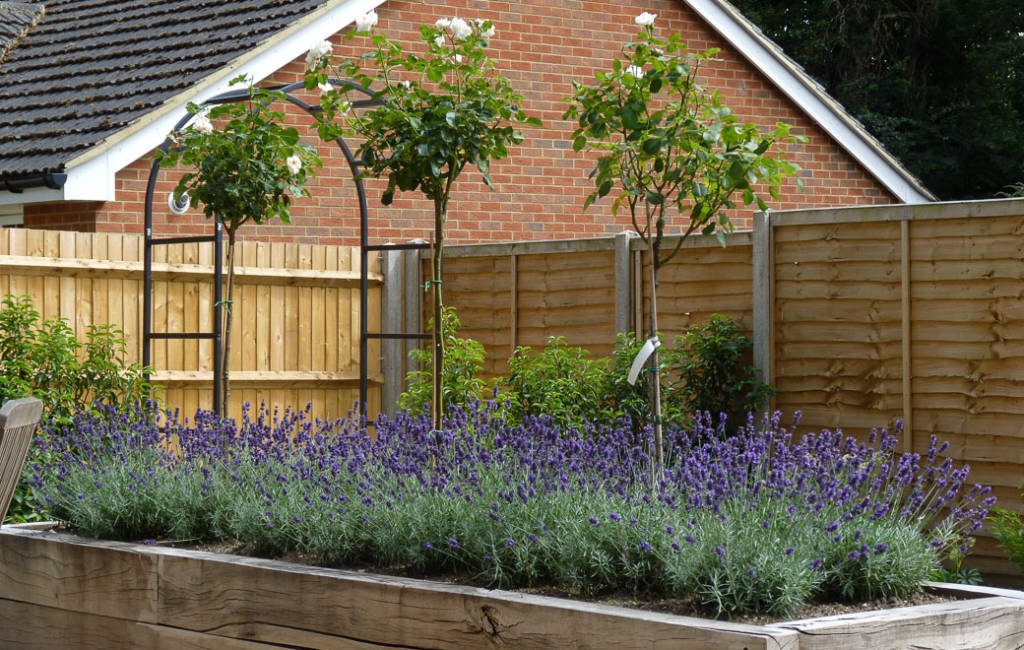
Source Image: bramleyappledesign.co.uk
Low-Allergen Garden Picks
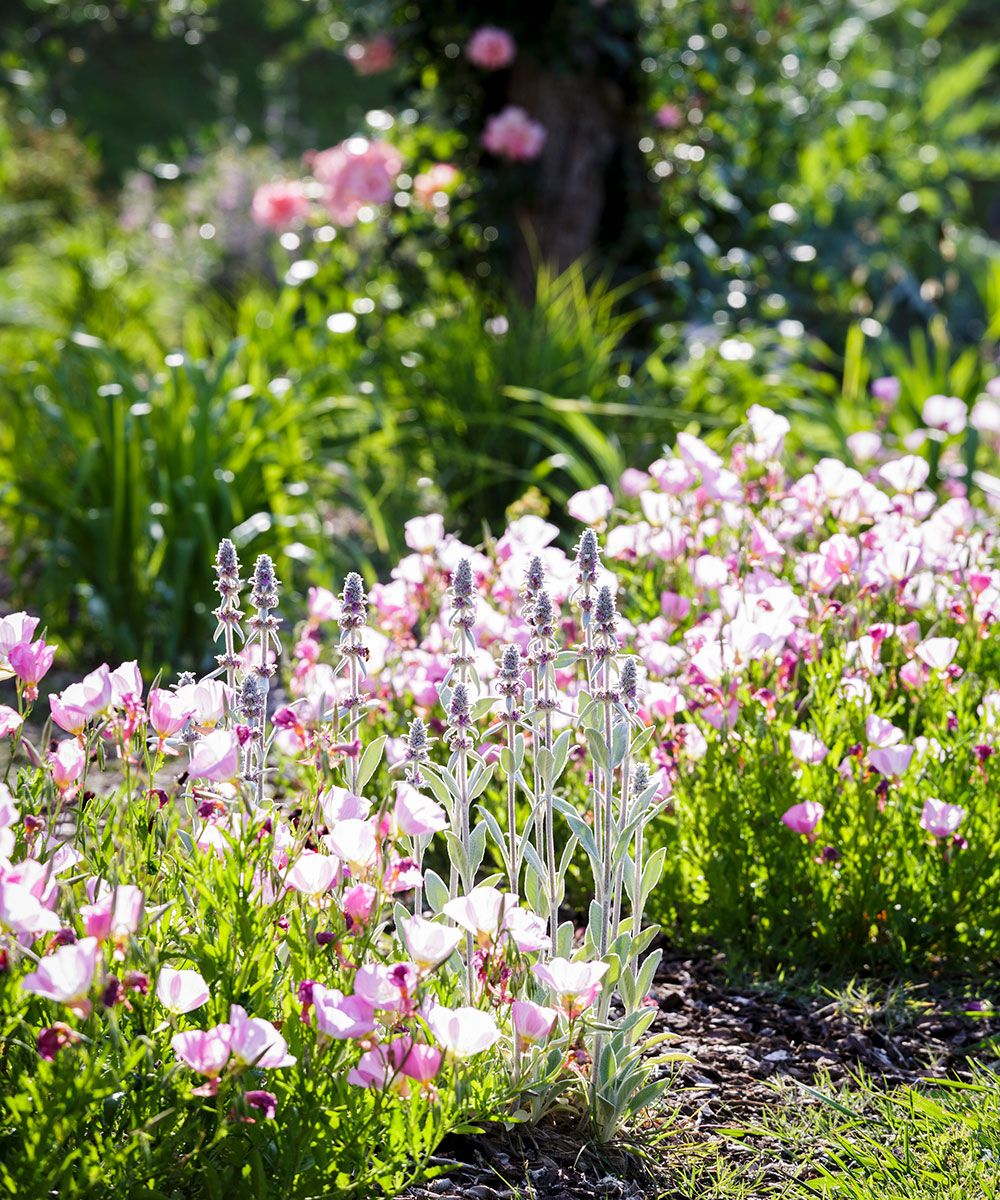
Source Image: www.homesandgardens.com
By adapting low-allergen gardening practices to different climates, gardeners can create thriving outdoor spaces that are both beautiful and allergy-friendly, regardless of the environmental conditions.
In conclusion, cultivating a low-allergen garden is not only beneficial for allergy sufferers but also contributes to a healthier and more sustainable outdoor environment for all. By understanding allergies and toxicity, selecting appropriate plants, implementing effective maintenance techniques, and utilizing educational resources, gardeners can create vibrant outdoor spaces that prioritize health and well-being. Whether designing a residential garden, public park, or community space, incorporating allergy-conscious gardening practices ensures that everyone can enjoy the beauty of nature without the discomfort of allergies. With careful planning and attention to detail, gardeners can create oasis of tranquility that fosters connection with the natural world while minimizing allergen exposure. By embracing the principles of low-allergen gardening, we can create outdoor spaces that are inclusive, inviting, and accessible to all individuals, regardless of their sensitivities or allergies.

